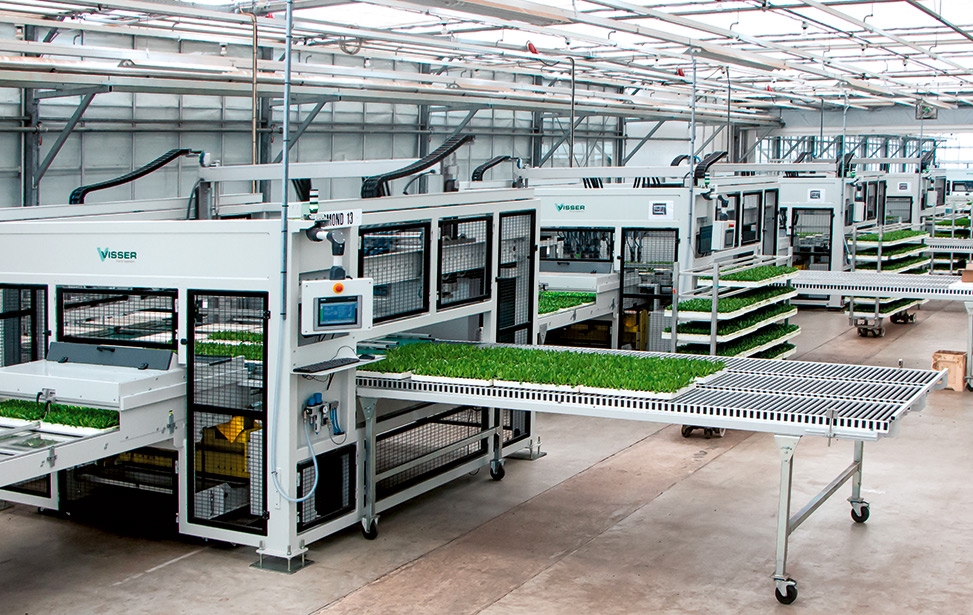#Greenhouses #FoodSecurity #Hydroponics #Inuvik #Yellowknife #FarNorth #SustainableFoodSystems #LocalProduce #RemoteCommunities #AgriculturalInnovation
Greenhouses are gaining popularity in northern communities as a means to bolster food availability and improve food security. Hydroponic greenhouses, a cutting-edge method of soilless cultivation, are increasingly being adopted. This article explores the development of hydroponic greenhouses in the far North, focusing on two prominent examples: the Inuvik Community Greenhouse and the Yellowknife Co-op’s hydroponic greenhouse. These innovative projects are making a significant impact by supplementing local groceries and supporting food banks. However, there are limitations to consider in their application, especially when addressing the unique challenges faced by remote communities.
Hydroponic greenhouses have emerged as a higher-tech solution for growing crops in regions with limited access to traditional agriculture. The Inuvik Community Greenhouse, for instance, utilizes a hydroponic trailer, providing approximately 2,000 spaces for year-round cultivation of leafy greens and herbs. This sustains the greenhouse’s weekly veggie box program while contributing surplus produce to the local food bank. Similarly, the Yellowknife Co-op has embraced this technology by establishing a fully automated hydroponic greenhouse, which produces between 200 and 300 packages of greens and herbs each week.
The advantages of hydroponic greenhouses in remote areas are evident. The perishable nature of leafy greens demands swift access to freshly harvested produce, which hydroponic systems can deliver. Compared to food transported over long distances, locally grown greens retain their flavor and nutritional value, enhancing the overall quality of available produce.
Notably, Growcer, a modular farming company, has been instrumental in installing approximately 75 vertical farms across Canada. These projects focus on capacity-building and training, fostering self-sufficiency and promoting sustainable food production practices.
Despite the positive impact of hydroponic greenhouses, there are valid concerns regarding their limitations. Andrew Spring, an assistant professor at Wilfrid Laurier University specializing in northern sustainable food systems, warns that remote communities might face challenges in repairing high-tech hydroponic systems due to the distance and logistics involved in obtaining replacement parts. This potential issue could disrupt food production and affect local food security if not addressed effectively.
Another consideration lies in the limited range of crops that hydroponic greenhouses typically grow. Leafy greens and herbs are valuable additions to the diet, but they might not adequately address the broader food security needs of these communities. To combat food insecurity comprehensively, heartier produce, suitable for long-term storage and complementing traditional fish or game-based diets, is essential.
While hydroponic greenhouses offer numerous benefits, it is crucial to recognize their role as a supplement rather than a complete replacement for food sourced from the South. These innovative growing methods serve as valuable complements to existing food supply chains, providing locally produced and fresher options for northern communities.
Hydroponic greenhouses present a promising solution to enhance food security in the far North. They offer fresh and nutritious produce, reducing dependency on distant food sources. However, to achieve comprehensive food security, a balanced approach that addresses the unique needs of remote communities, including heartier produce options, should be pursued. By understanding and overcoming the limitations, hydroponic greenhouses can continue to play a pivotal role in improving the overall food landscape in northern regions.











